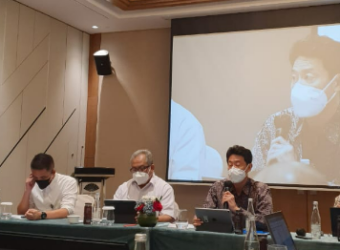ESA’s GDA Climate Resilience thematic activity officially began in December 2021 and ran through November 2024, leveraging Earth Observation (EO) technologies to deliver tailored solutions for the climate needs of International Financial Institutions (IFIs) and their initiatives.
Implemented by GMV, in collaboration with SISTEMA, CMCC, Willis Towers Watson, Telespazio UK, GMV NSL, and GeoVille, the project demonstrated the value of integrating EO technology into decision-making processes for a diverse range of use cases. By offering customised EO-based solutions, it addressed climate challenges in sectors such as agriculture, forestry, urban planning, and disaster risk management.Over the project’s duration, the project provided EO-driven products and services to organisations like the World Bank, Asian Development Bank, International Fund for Agricultural Development, and the International Monetary Fund.
Satellite Earth Observations enable global research & applications by providing timely and accurate information in large quantities about the Earth’s atmosphere, landmasses, and oceans. When combined with societal information they can also provide vital knowledge about climate risks and resilience building opportunities.
Clement Mathieu Jacques Albergel – ESA GDA Technical Officer Climate Resilience
In the past 3 years, the ESA GDA Climate Resilience consortium has developed an impressive portfolio of use cases working with various IFIs and demonstrating the competitiveness of European industries in this field.
The team’s solutions tackled climate risk assessment, land degradation, and sustainable land management through various innovative approaches. In Nigeria, tools for monitoring soil carbon enhanced sustainable agriculture and soil health. In Mozambique, forest biomass monitoring advanced MRV capabilities to aid climate mitigation and conservation.
User-friendly geospatial platforms for visualizing climate risks and vulnerabilities were piloted in Brazil and Georgia, helping stakeholders address critical concerns. In South Sudan, satellite-based flood hazard analysis improved flood management, while EO-driven insights in Turkey supported watershed rehabilitation and combated soil erosion. Peru saw monitoring of deforestation dynamics to guide sustainability-linked bonds, and Afghanistan benefited from hydrological extremes analysis to strengthen water management. Finally, coastal zone management in Georgia used geospatial data to inform risk profiles and sustainable development planning.
Find more information and examples in our brochure here.
Through these efforts, the project provided actionable insights and tools that informed development policies and investments. Achievements included climate risk profiling, resource management tools, methodologies for assessing hydrological risks, and geospatial platforms for analysing socio-economic impacts of climate risks like heatwaves and droughts.
Each case study demonstrated the transformative potential of EO technologies in addressing real-world challenges. Moving forward, there are opportunities to expand the geographic reach of these tools, enhance technical capabilities, and deepen stakeholder engagement for long-term sustainability.
The ESA GDA Climate Resilience activity stands as a model of innovation and collaboration in advancing climate resilience and sustainable development.



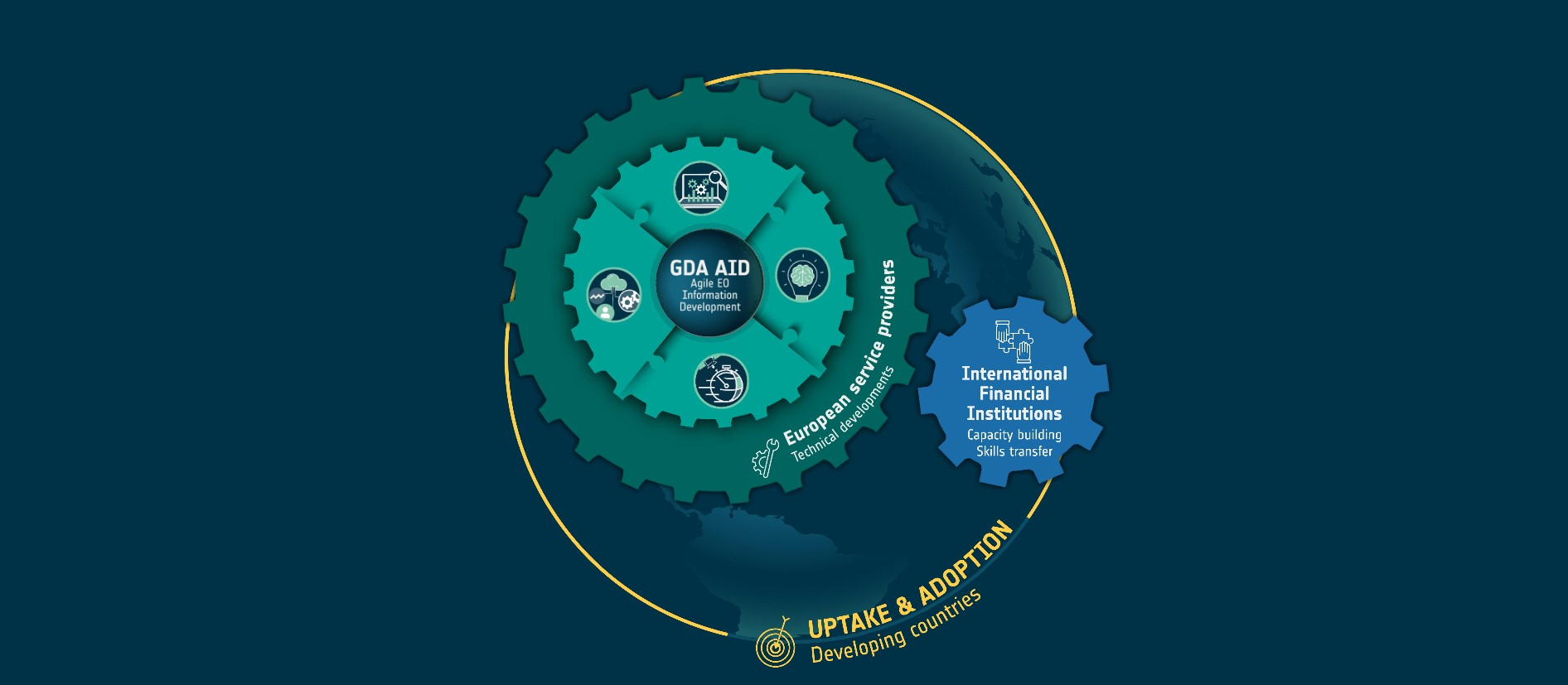



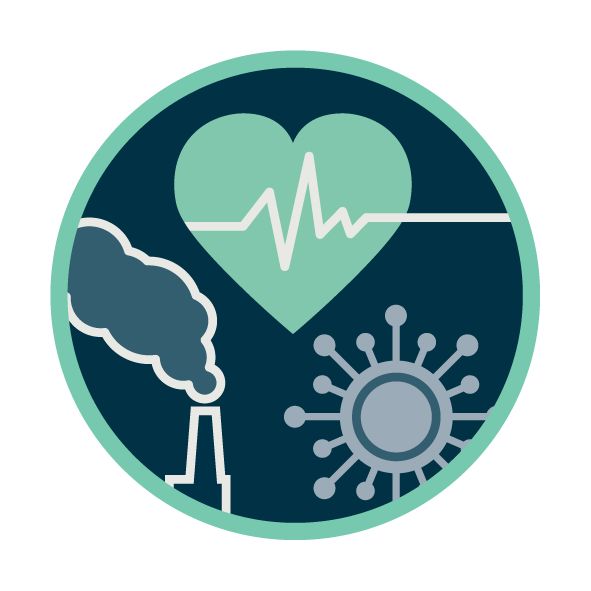



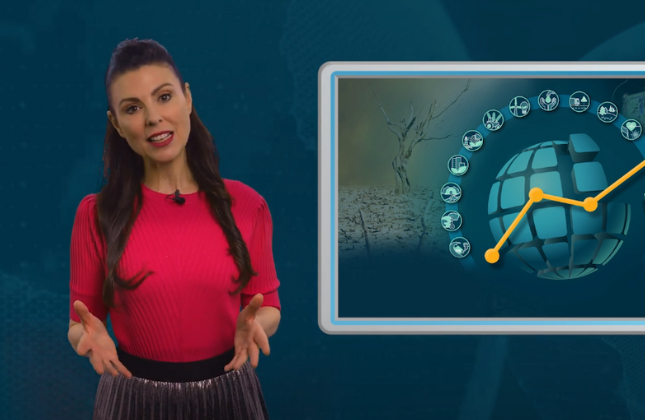
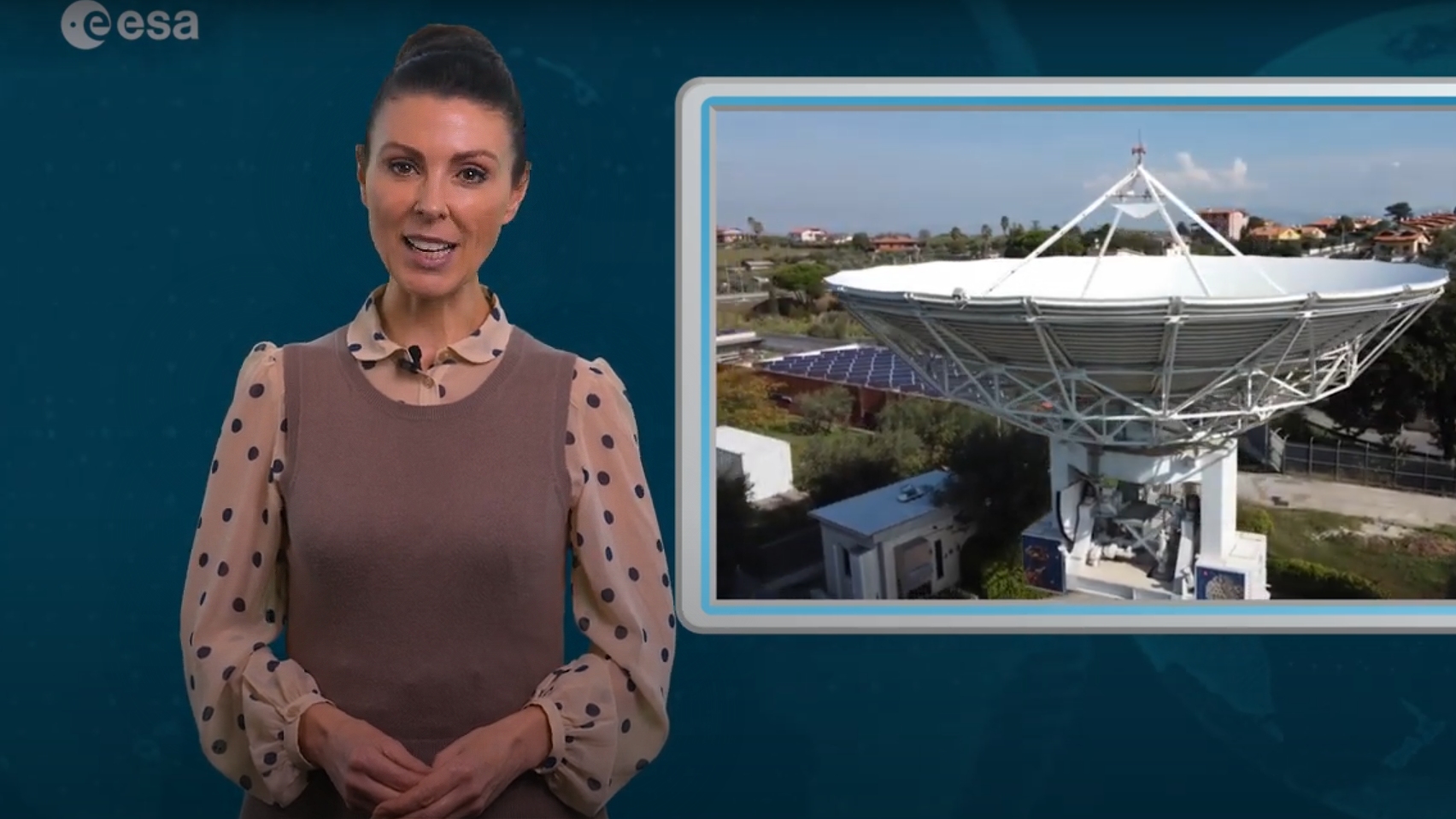
![[VIDEO] Earth Observation for Climate Resilient Flood Management in South Sudan](https://gda.esa.int/wp-content/uploads/2023/11/Earth-Observation-for-Climate-Resilient-Flood-Management-2-340x250.jpg)
